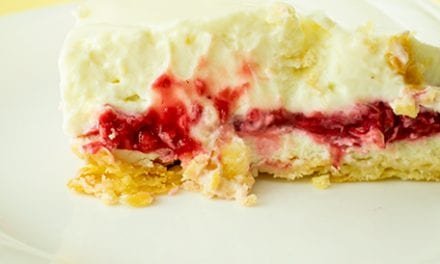Traveling for picnics and camping offers unique challenges when it comes to keeping your food safe. Ensuring your food remains fresh on long trips can be messy and tough. Therefore, adequate planning is necessary. So which is the best way to preserve food when traveling?
Here’s how you need to go about the whole situation:
1. Choose The Right Cooler Or Food Preserver

Food preservers or coolers come in an array of price points, sizes, and shapes. Making a choice from the vast number available can turn out to be challenging and overwhelming. An effective way of selecting the ideal preserver for your needs is by passing through as many best foodsaver model reviews as possible. By doing that, you’ll get an idea of experiences of different users with different models. Passing through reviews of the available models will help you make an informed choice of the right food preserver.
If possible, carry two food savers on your trip. In one, put cold beverages and drinks. In another, put foods that use less frequently. One way of insulating your preserver is by covering it with an old sleeping bag.
2. Consider Making Your Ice Packs

Unquestionably, crushed ice normally cools drinks and food faster. Nevertheless, ice blocks tend to last longer. Furthermore, they’re better suited to ensuring coolers remain cold at all times. By making your ice containers, you’ll be able to keep your food fresh without having to buy crushed ice.
Pro-tip: Pre-freeze drinking water in two-liter pop bottles or clean milk jugs. These two should produce ample pieces of ice that are more appropriate for food. After the frozen containers melt, you will have clean drinking water for your ride back home.
3. Consider Buying Fresh Food

To get the most from your vegetables and fruit, make sure that they’re always fresh. On the day of your trip, buy fresh vegetables and fruit from the local farmer’s market. Such food lasts up to three times longer compared to that which is purchased from the supermarket.
Secondly, refrain from washing food if you intend to store them inside vegetable storage bags. Unless it’s completely dry when packed, such bags don’t extend the life of your food when they’re outside a refrigerator. Condensation, humidity, and dampness inside a bag will certainly lead to rot.
4. Always Pack Logically

Full food coolers normally stay colder for longer. For that reason, food ought to be packed properly to make sure that the lid doesn’t remain open for an extended period. Always store food that’ll be consumed last at the bottom while food will often be used at the top of a cooler. This is because cold air tends to travel down meaning that ice should remain on top with pre-chilled bottles and cans at the bottom.
Perishable foods such as dairy and meat ought to be stored right on top of ice. For your food to remain dry, feel free to separate it into zip-lock bags or a sealed plastic container. If you still have some room left, utilize frozen water bottles to fill the open spaces.
5. Prepare Delicate Food At Home

By preparing perishable food at home before traveling, you’ll have fewer problems when it comes to cleaning up and cross contamination on the move. For instance, put poultry and meat in an additional plastic bag. You can shape hamburger patties at home and then put them inside a bag. If you intend to use them during the day, refrigerate them. If you plan to use them 2-3 days later, you can freeze and allow thaw inside the ice chest.
Don’t forget a food thermometer
The mistake most people make is forgetting to carry a food thermometer. You should carry it to check the temperatures of both cooked and cold foods. For instance, the temperature of cold food must remain at 40 degrees Fahrenheit if not lower. Whole fresh product such as oranges, apples, onions, and potatoes are safe to carry. The same is true of jelly, peanut butter, dried foods, and canned foods.
Foods with high acid content such as catsup, mayonnaise, mustard, and pickles shouldn’t be kept cold throughout your trip. Are you heading out for a longer camping trip? If yes, then you should plan on utilizing nonperishable food towards the tail end of your trip. This is especially true if your ice is gone.
Conclusion
Traveling on a trip for boating, fishing, hiking, swimming, and camping or to enjoy the wilderness offers a great opportunity to have fun times with those you love. By following the tips highlighted above, you’ll have surely done your best to prevent your friends and family from nasty foodborne illnesses.
Hi, I’m Abigail. I’m the founder of the Food Adviser Team. We always give you in-depth reviews and helpful advice about preserving your food. Our mission is to help you choose the best products with the most affordable prices that match your needs.
If you would like to submit a guest post on food, wine or travel to Where and What in the World, I would be happy to feature your travel experience , drink, special wine tasting, or family or simply delicious recipe. If you go to submission tab, you will see how to submit, as well as have the opportunity of telling me if you would like to would like to be a regular contributor. When uploading a file for submission, you are also able to upload jpegs. Please feel free to put a last paragraph about you and a link to your profile. No html please. You can also include a head shot.













